
What is the correct tire pressure for the road bike?
Sometimes the smallest changes make the biggest impact… The biggest performance improvement you can make on your road bike isn't lighter parts or an advanced diffuser. It's the pressure of your tires. If you don't pay attention to the tire pressure, the amount of air in your tires is probably not ideal, but even downright bad. Incorrect tire pressure leads to punctures and reduced comfort. So read the tips below to find the perfect tire pressure for your road bike.
Pump up your tires
With the right tire pressure, your bike rolls quickly and smoothly, you sit comfortably and you prevent punctures. Narrow tires need more air pressure than wide tires: road bike tires usually need 5.5 to 8.5 bar.
Pssst... the word bar comes from the Greek word báros (heaviness). It is a practical unit used in industry and daily life. Fun fact: there is always a pressure around us. The standard ambient pressure at sea level is equal to 1 bar.
The ideal tire pressure depends on your weight. The heavier you weigh, the higher your tire pressure should be. For example: a 75 kg cyclist can use 7.5 bar on his racing bike. Then a 90 kg cyclist should be around 8.5 bar and a 60 kg cyclist can already cycle with 6 bar. It is important to note that you never go above or below the tire pressure recommended by the manufacturer. This is stated on the sidewall of the tyre.
Regularly check the tire pressure of your bicycle
Tires always leak air over time. Air seeps out of all tires, no matter how good and expensive. This can range from a few half bars a week to drastic drops at night. The loss of air increases when there is pressure on the tire or when the temperature drops significantly. For every 10 °C degrees that the temperature drops, approximately 2% of air is lost from the tire. Some cyclists check the tire pressure before every ride, others once a week. The important thing is that you develop a habit of regular checkups that works for you. If you don't do this, you probably often drive with the wrong tire pressure.
Did you repair your tire with a CO2 bus during a ride? Check the tire pressure again after an hour. This is because carbon dioxide penetrates the tire even faster than air.
Find the correct tire pressure
Tire pressure is not something you can set and forget. It is often thought that higher tire pressure equates to lower rolling resistance, because hard tires flex less on a slippery surface and create a smaller contact patch. But no road is perfectly smooth. Properly inflated bicycle tires adjust to bumps and absorb shock. Overinflated bicycle tires transmit shocks to the cyclist, decreasing speed and riding comfort. On a new surface your tires may feel great at 7.5 bar, but on a rough road they may roll faster at 7 bar. In wet conditions you can use 0.5 to 1 bar less than normal for better grip on the road.
Do not inflate too much
More is not always better! The general tendency is to increase tire pressure often. The maximum tire pressure stated on the side of the tire is a maximum and usually too high to drive. In addition, it does not take into account factors that affect tire pressure, such as rider size and terrain. Especially if you've recently switched to wider tires, are about to embark on a ride full of turns and switchbacks, or are riding on surfaces like chip seal, you'll want to lower your pressure. Although rolling resistance increases with lower tire pressure, several studies show that the rolling resistance of various road tires increases only slightly, in the order of a few watts of power, even at inflation pressures of up to 6 bar on standard road tyres. Also remember that rolling resistance is only a fraction of the forces we have to overcome (the main part is wind resistance or, on hills, gravity). The biggest differences in rolling resistance are not in the tire pressure, but in the tire you use. Read here how to choose the right tire for your road bike.
Road bike tire pressure overview
|
Bandwidth |
Body weight (KG) |
||||||
|
<55 |
60 |
65 |
70 |
75 |
80 |
85+ |
|
|
23mm |
6 |
6.5 |
7 |
7.5 |
8 |
8.5 |
8.5 |
|
25mm |
5.5 |
6 |
6.5 |
7 |
7.5 |
8 |
8.5 |
|
28 & 32mm |
4 |
4.5 |
5 |
5.5 |
6 |
6.5 |
8 |
Watch out for the floor pump
If you inflate your tires with a floor pump, the gauge is probably not as accurate. Floor pump gauges measure the pressure at the gauge, so they measure the air pressure in the pump, not the tire. And gauge quality varies - it could be off by a few points. The good news is that most gauges are at least consistent, even if they're not entirely accurate; so you pump up to the same pressure every time. As a solution, you can purchase a separate meter. A needle gauge is affordable, accurate and durable.
Play with different tire pressures
It is quite common to inflate the front and rear tires identically. But your weight balance is not 50% forward and 50% back. For cyclists it is in most cases 40% front and 60% rear.
Which pressure you prefer therefore depends on a number of factors, such as your choice of tires and driving style, but it is also clear that you should not keep the same pressure at the front and rear. If you weigh 70kg with a weight distribution of 40-60, that means 42kg on the rear wheel and 28kg on the front wheel. It is therefore logical that you have to put less pressure at the front. It won't be 50% less, but it's not unreasonable to think it could be 15 to 20% less.
Experiment with tire pressure by deflating the front and rear tires by about 5% each (percentage, not bar, as front and rear tires are different and should be changed proportionally). Go for a ride and pay attention to how it feels, and don't be afraid to lower it a little more. The ideal tire pressure gives you a comfortable ride with a confident feeling in the corners. As soon as the front wheel feels even a little restless in sharp turns, increase the tire pressure again by a few percent. Measure the front and rear pressures with your gauge and record them as a baseline, but remember that the perfect pressure can change depending on conditions, terrain, weather and if you change tire sizes or brands.
Would you like to read more about (racing) bicycles?
Sign up for the newsletter and receive interesting information.




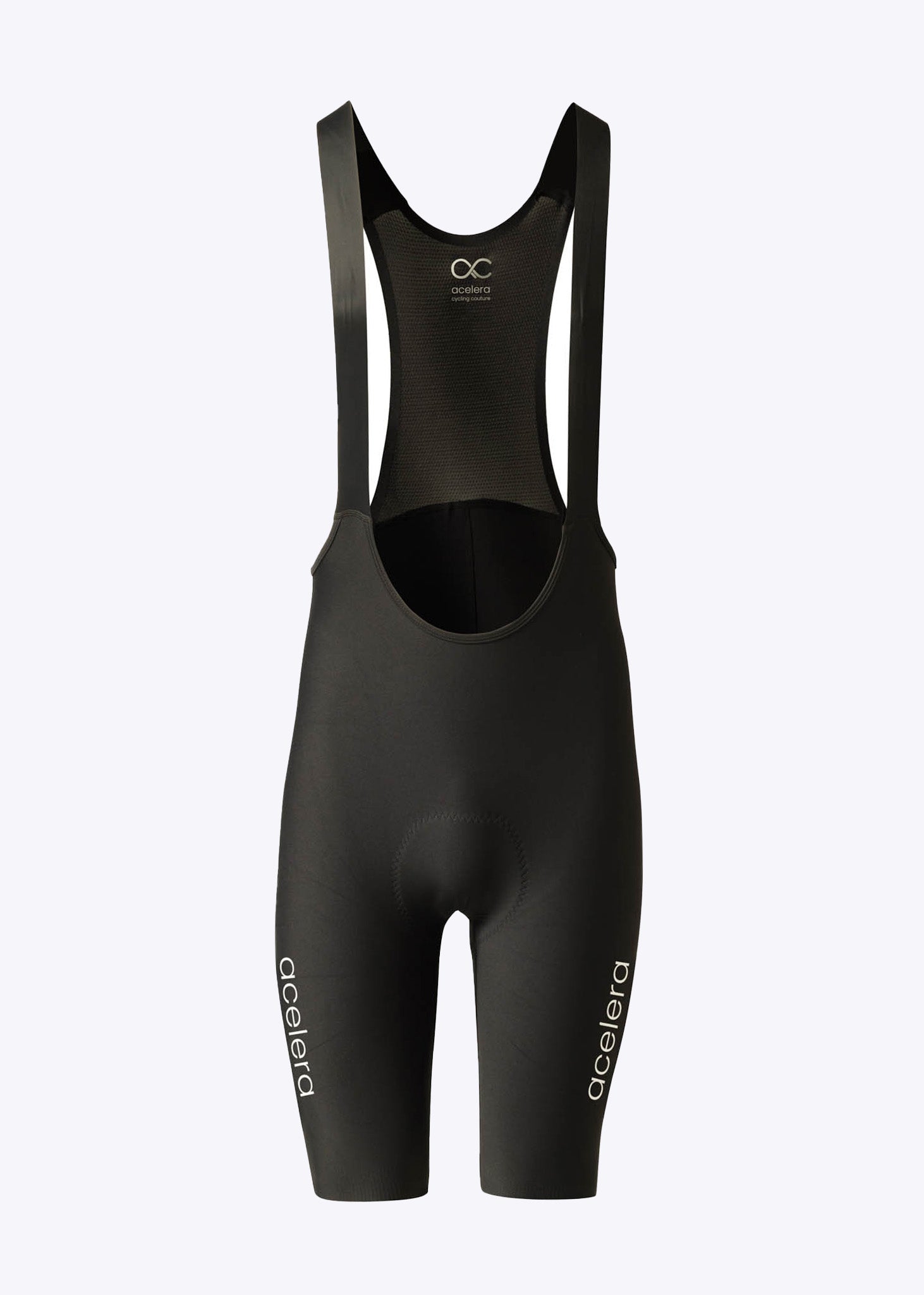
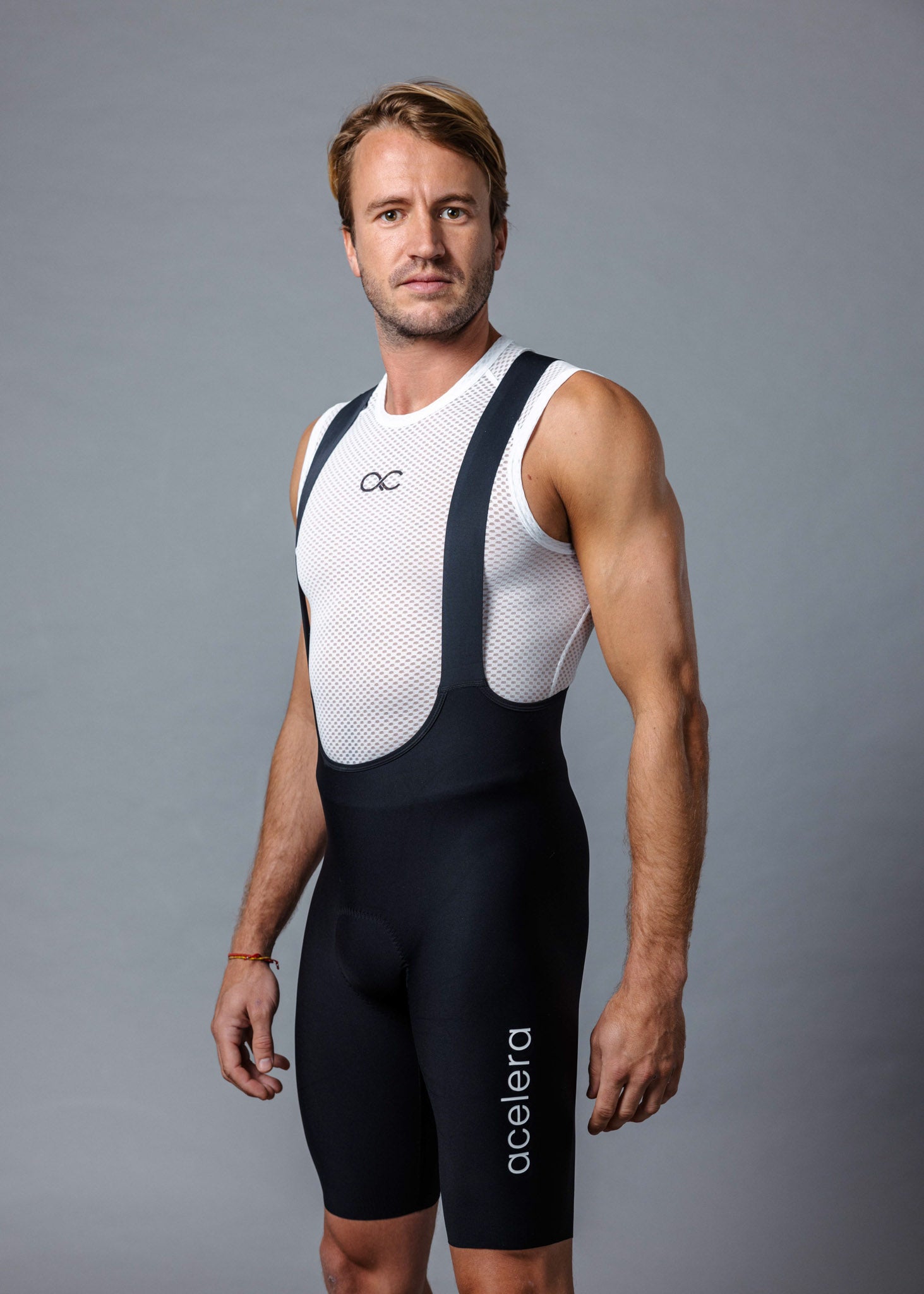
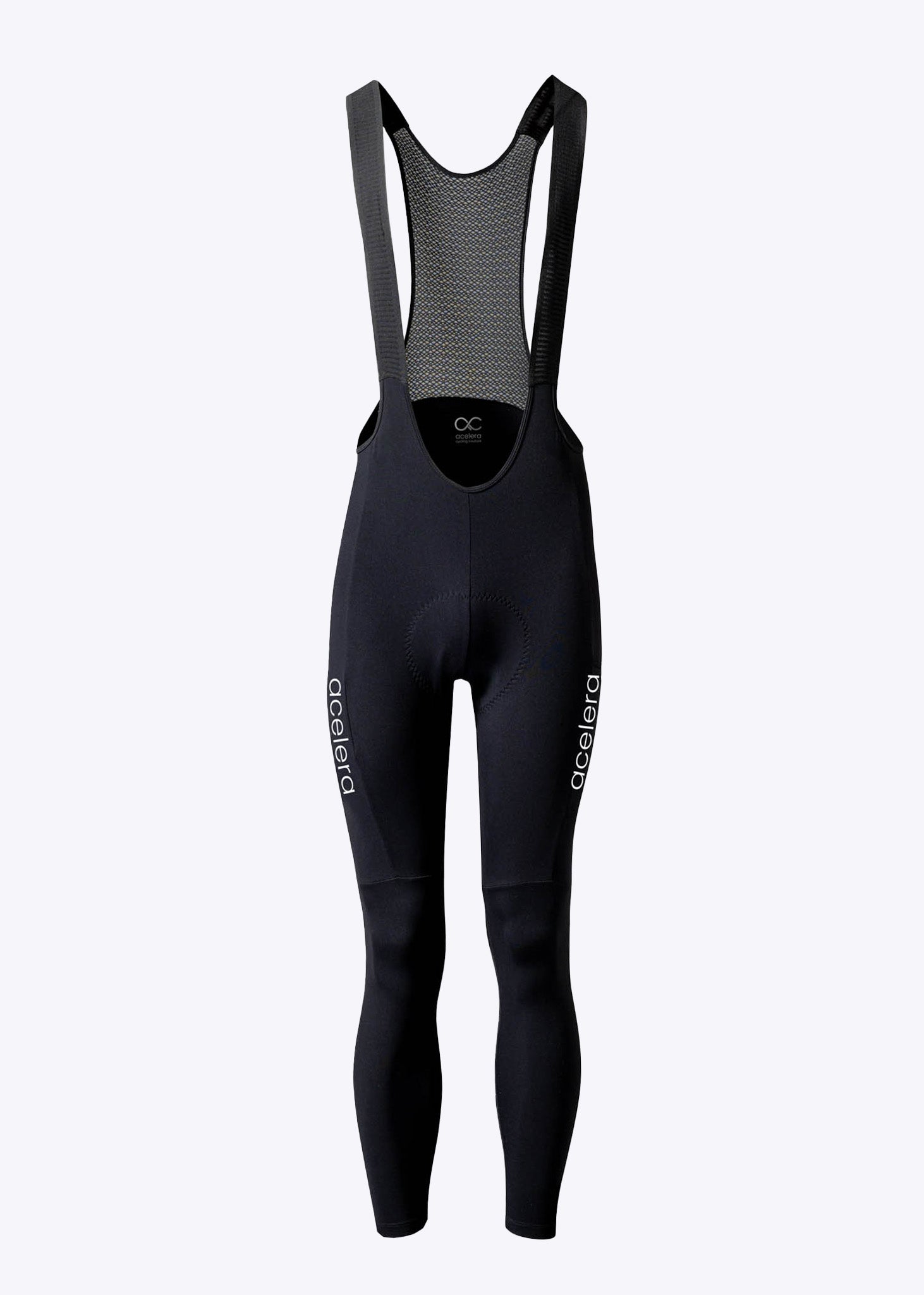
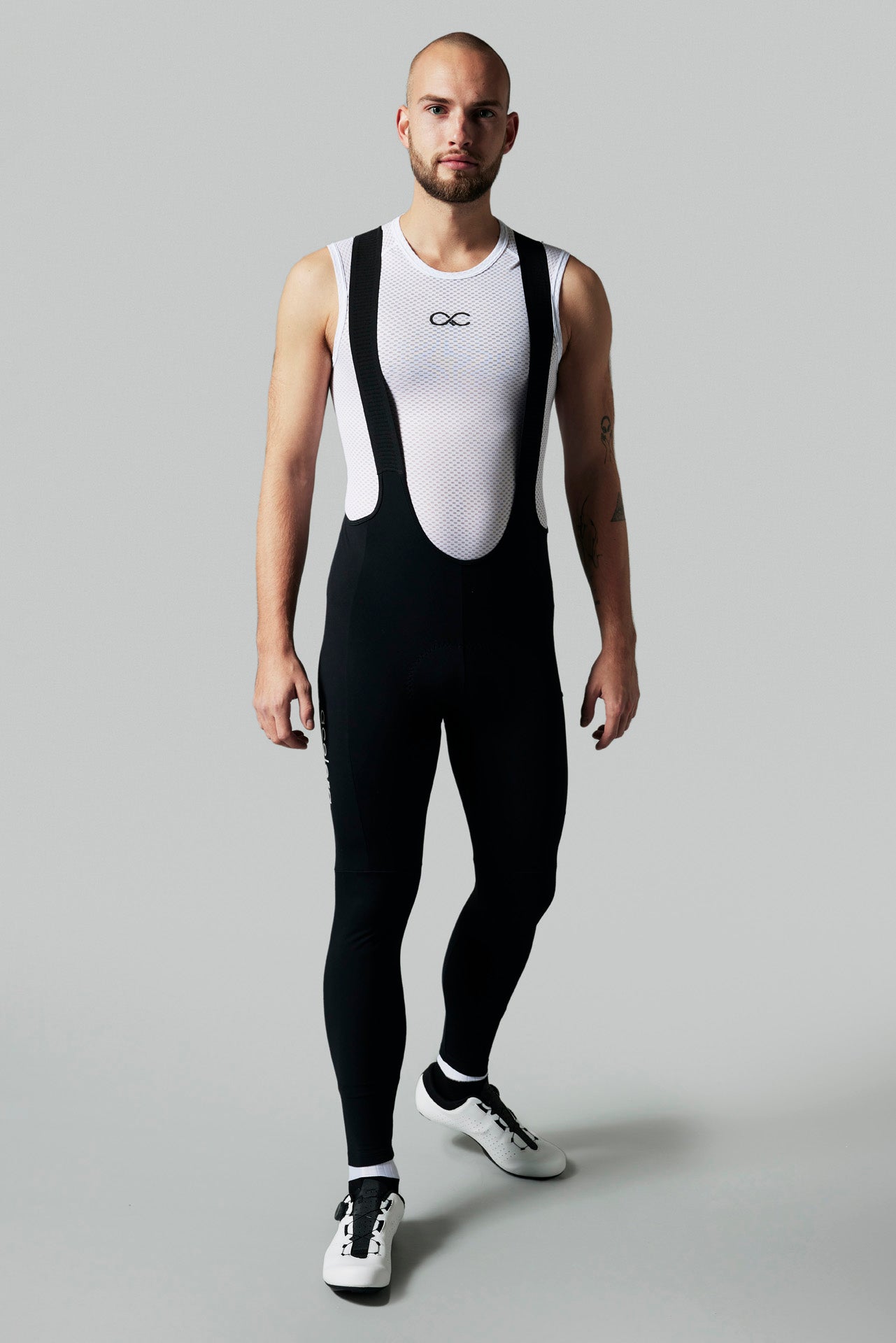



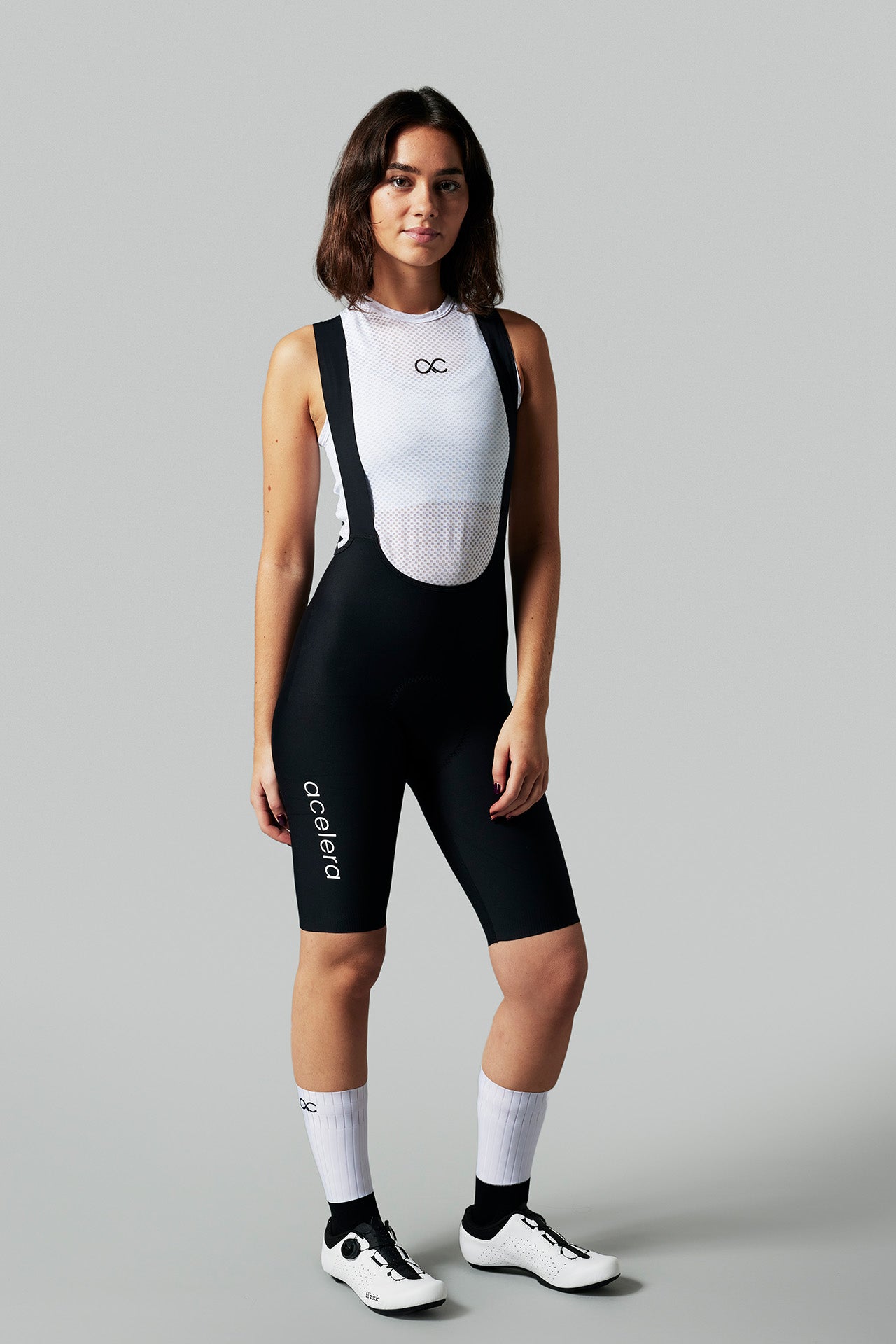


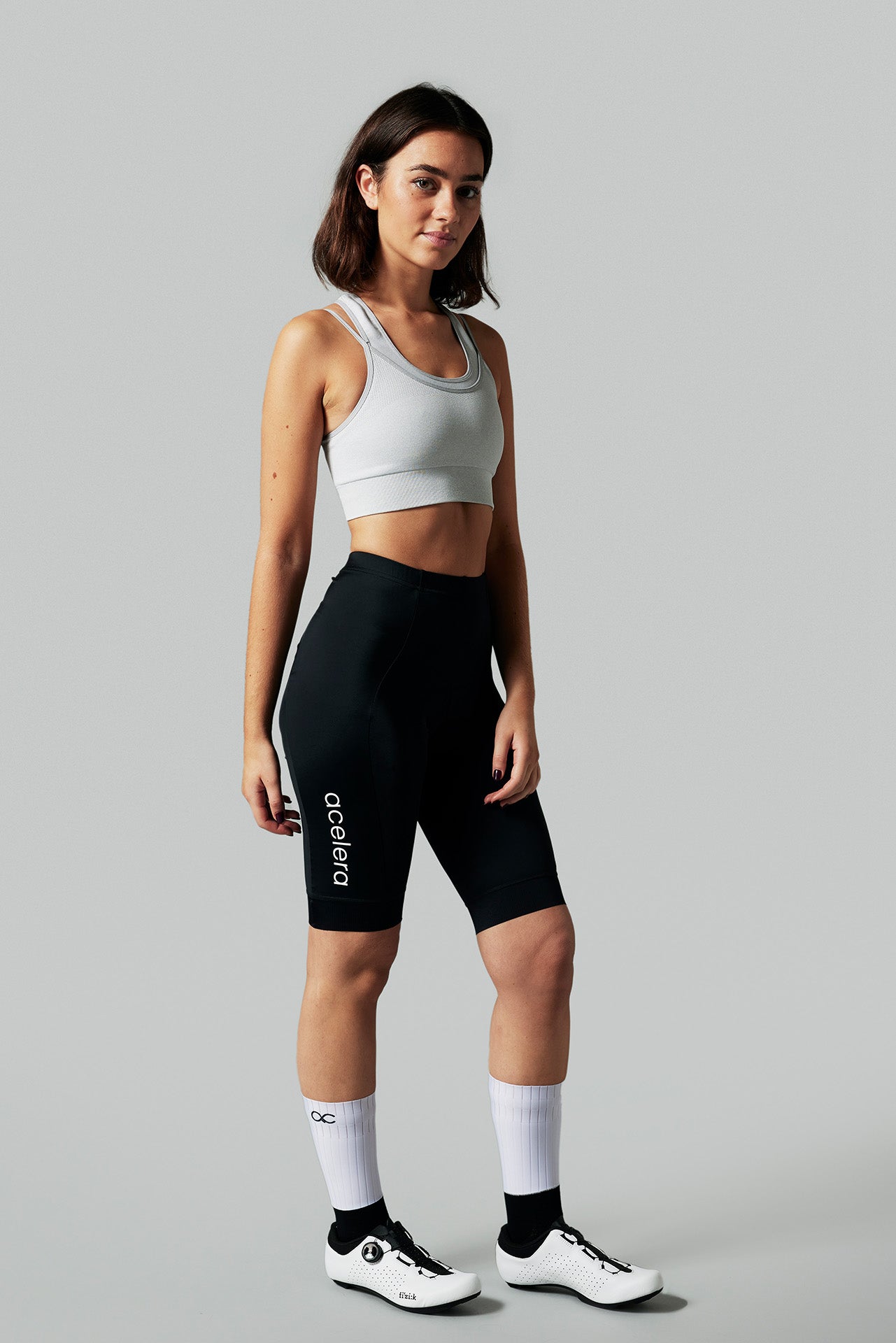
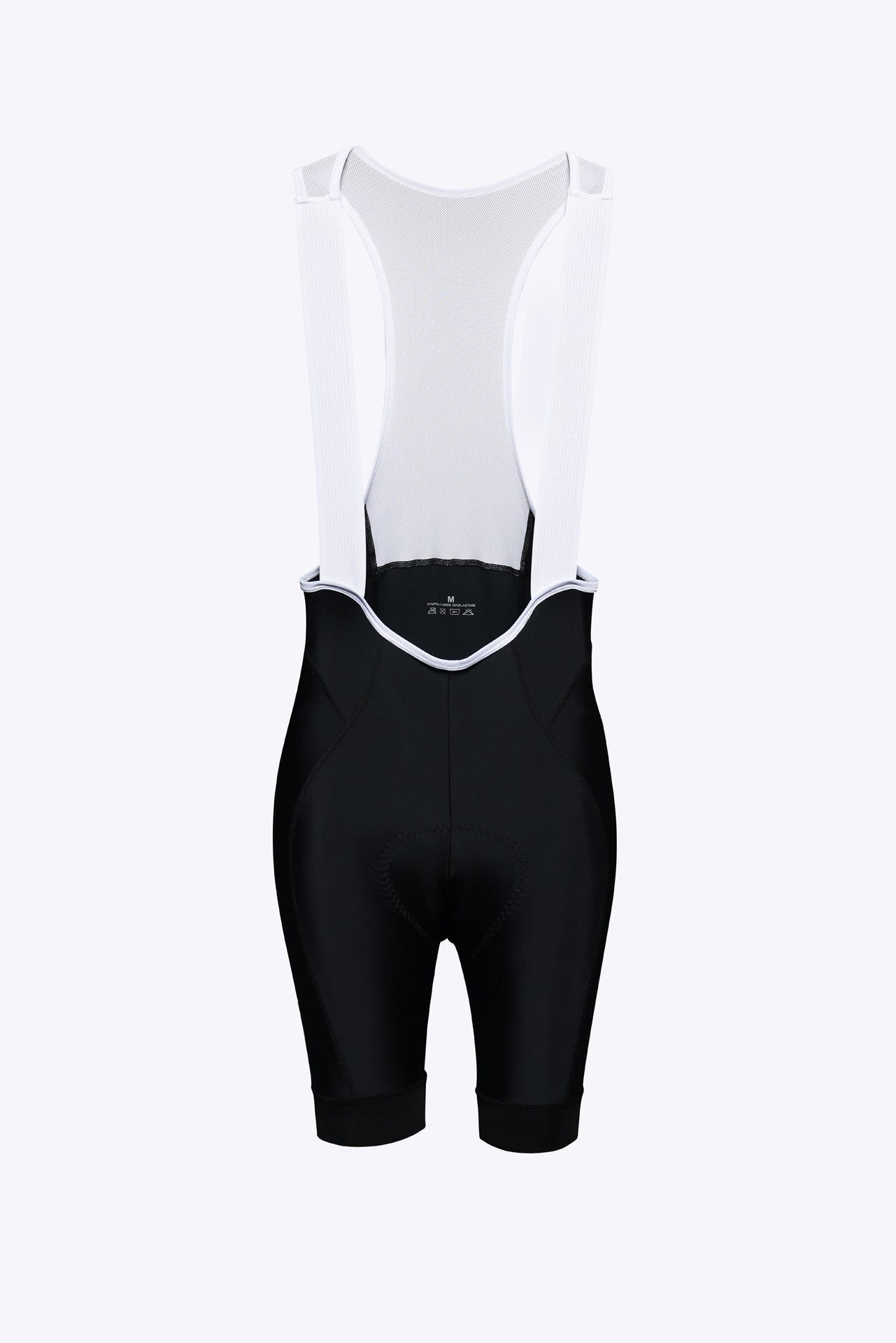

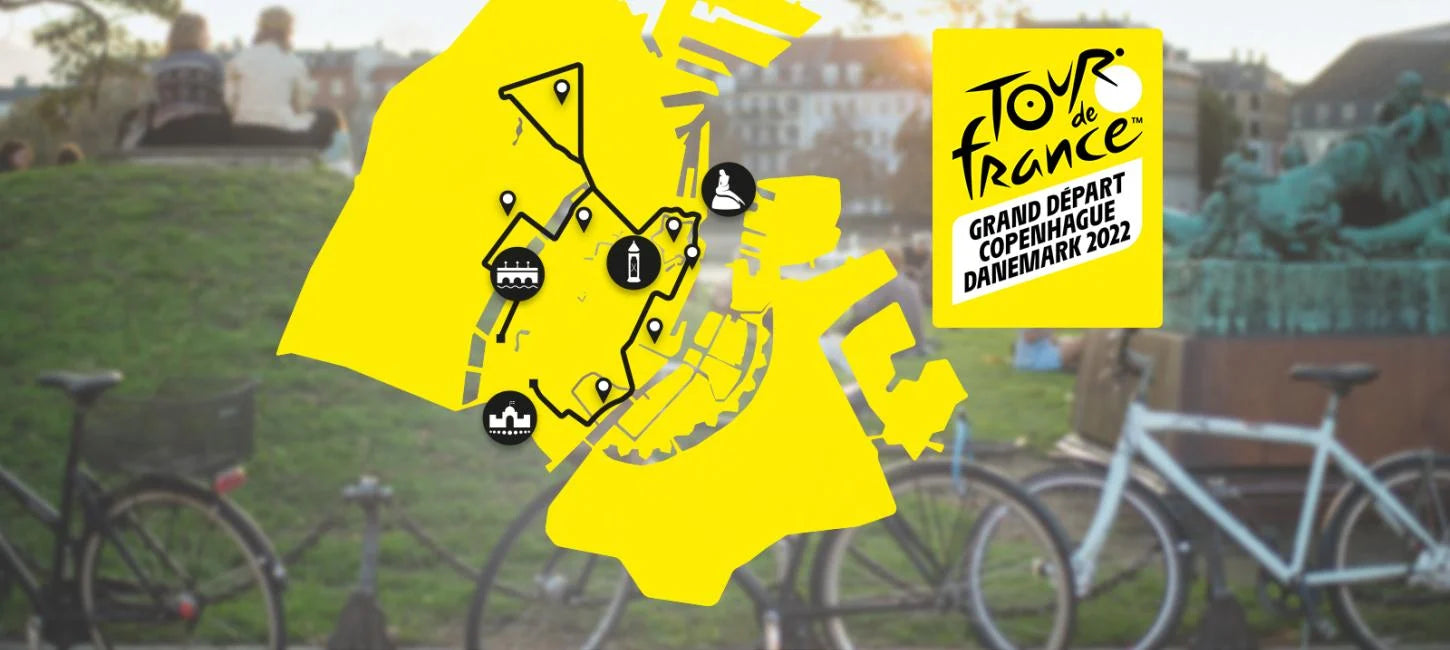
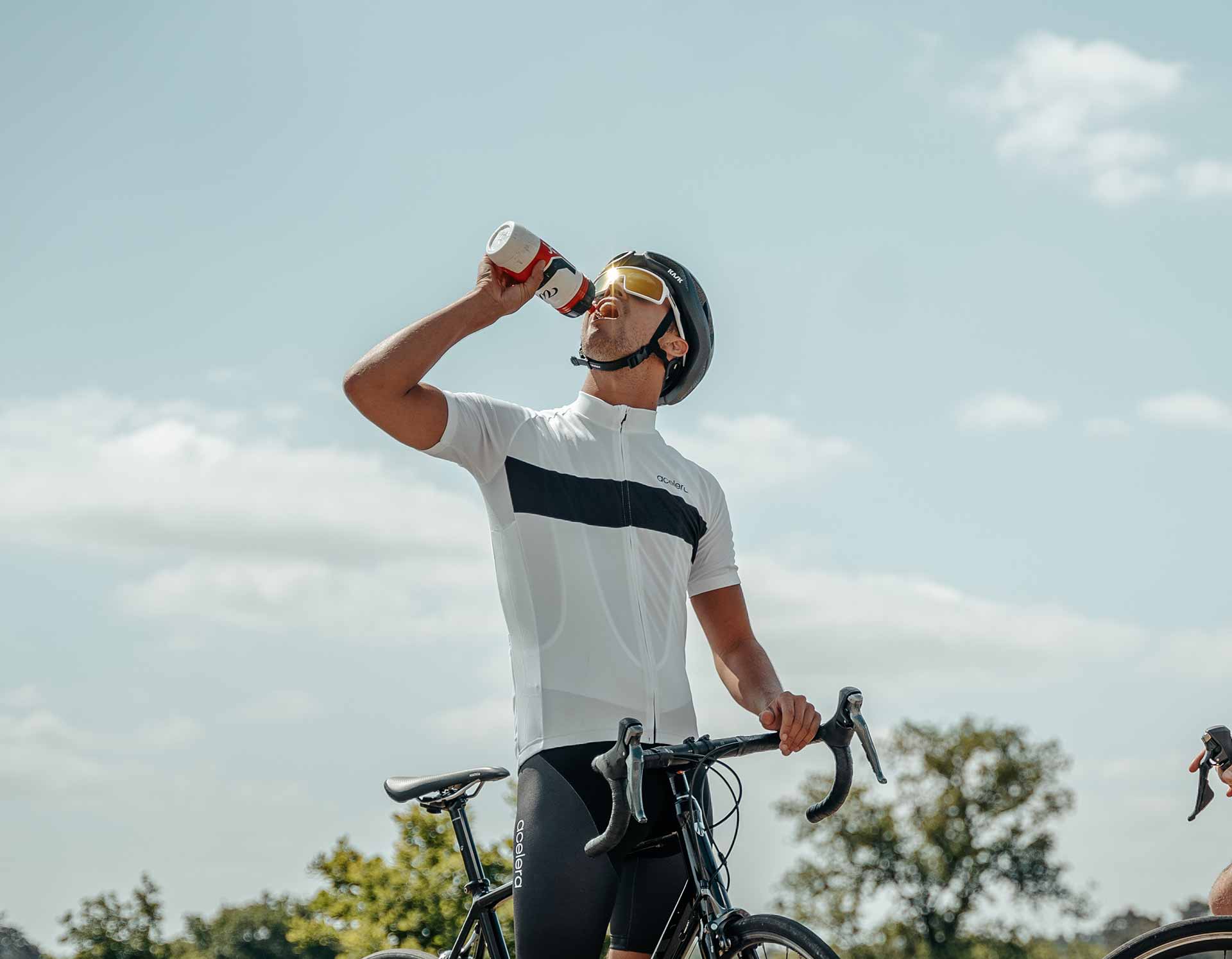
Leave a comment
This site is protected by hCaptcha and the hCaptcha Privacy Policy and Terms of Service apply.